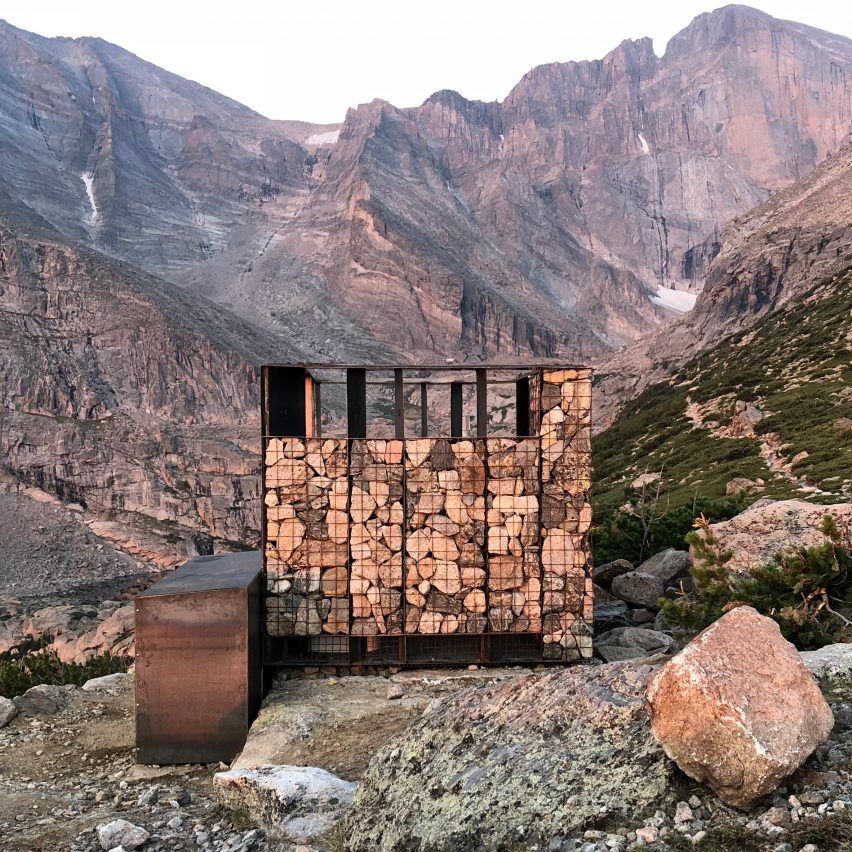
Continuing our review of 2020, we've rounded up 10 standout projects created by design and architecture students this year, from a high-altitude lavatory to ramen packaging that dissolves to flavour the broth.
Longs Peak Privies by students of the Colorado Building Workshop
Architecture students from the University of Colorado Denver have designed a series of backcountry privies to line the 14,259-foot trek up to Longs Peak in the Rocky Mountains, filling a structure of prefabricated gabion walls with rocks collected on-site.
This is to replace toilets created for the popular trail in the 1980s, which had deteriorated so much that park rangers had to resort to shovelling human excrement into buckets and carrying it down the mountain on the back of a llama.
Find out more about the Longs Peak Privies ›
Feel the Conversation by Sandeep Hoonjan and Xianzhi Zhang
In a bid to make long-distance conversations more intimate, especially in light of widespread coronavirus lockdowns, two students from the Royal College of Art have developed a duo of phones with silicone tongues and feelers attached to their earpieces.
These move in unique, haptic patterns that are generated based on the intonation of the person on the other line, creating a physical sensation to match their speech.
Find out more about Feel the Conversation ›
Dissolvable noodle packaging by Holly Grounds
Ravensbourne University student Holly Grounds has infused an edible biofilm with dried herbs and spices to create a ramen wrapper that dissolves and flavours the noodles when boiled alongside them.
The aim is to replace the many plastic sachets that normally accompany the ready-meal and take decades to decompose, while the dish itself is designed to be cooked and eaten in a matter of minutes.
Find out more about the packaging ›
How much is too much, asks this facial jewellery piece by Pauline Müller from Switzerland's Lucerne School of Art and Design, in which a string of pearls is suspended in a golden frame like a Newton's cradle desk toy turned into a mouthpiece.
Toeing the line "between eccentricity and absurdity", it considers humanity's long tradition of facial and bodily modification, while creating an intense, visceral experience for both the wearer and onlooker.
Find out more about Doux Leurre ›
David Guambo, an architecture student at Universidad Tecnológica Indoamérica (UTI) in Ecuador, has built himself a stilted studio using the indigenous, adobe-like construction material of bahareque.
The building sits propped up on a hillside, supported by crisscrossing wooden beams and topped off with a gabled straw roof, while a floor-to-ceiling window offers views of the valley beyond.
Find out more about Kusy Kawsay ›
Central Saint Martins graduate Amelia Kociolkowska has developed a wearable spandex pouch, which can be strapped to the thigh so that soldiers and police officers can easily access their period products even while in the field and juggling heavy artillery.
The design also includes a pocket with a waterproof, removable lining, where they can stash used pads and tampons while they are unable to dispose of them on crime scenes or on patrol.
Pronunciation tools by Yangyang Ding
A series of 12 metal instruments, created by Yangyang Ding from the Rhode Island School of Design, are designed to be wedged between teeth, worn like a head brace or held up in front of the mouth to help Mandarin speakers pronounce difficult English sounds.
Each tool is matched with a different phoneme such as "v" or "I" and automatically corrects the wearer's mistakes by moving the tongue, lips and jaws into the position needed to create the desired sound.
Find out more about Ding's project ›
Solar project by Instituto Tecnológico de Monterrey students
Mud, coconut shells and cactus slime were used to form a series of solar lamps, created by Monterrey students in the hopes of providing a low-cost lighting solution for the close to seven million people in rural Mexico who live outside of the electricity grid.
The use of readily available, natural materials allows the lamps to be assembled on-site by the user, with only a small solar panel and the accompanying electrical components needing to be supplied.
Find out more about the Solar project ›
Fallback by Royal College of Art and Imperial College students
With internet blackouts increasingly being used by authoritarian governments as a tactic to keep their citizens uninformed and unable to organise, a group of London students have developed a system that provides access to news coverage even during a shutdown.
Fallback's forecasting algorithm predicts the risk of an internet shutdown in any given region and sends articles from a user's chosen media channels to a satellite, from which they can then be retrieved using the Portal satellite modem.
Find out more about Fallback ›
Passivhaus by South Dakota State University students
A group of students in Brookings, South Dakota, worked with their instructors, architects Robert Arlt and Charles MacBride, to create this Passivhaus, which they claim is the first in the region to produce more energy than it consumes.
Built using a grant from the state's Governor's Office of Economic Development, the building features solar panels on the roof and quadruple glazed windows. A gabled roof offers shading in summer while responding to the architectural vernacular of the surrounding neighbourhood.
Find out more about the Passivhaus ›
The post Dezeen's top 10 student and graduate projects of 2020 appeared first on Dezeen.
from Dezeen https://ift.tt/3gnEZw9
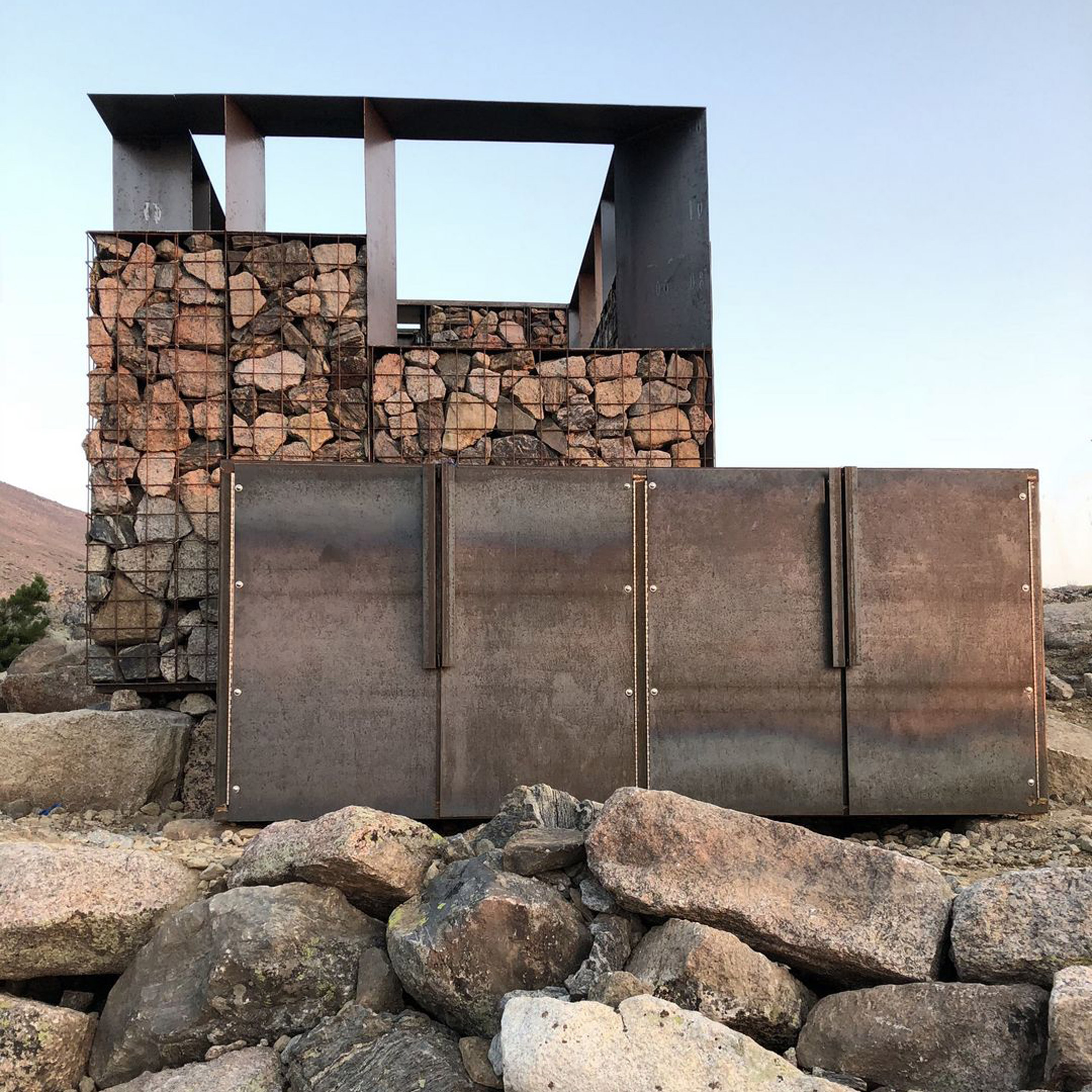
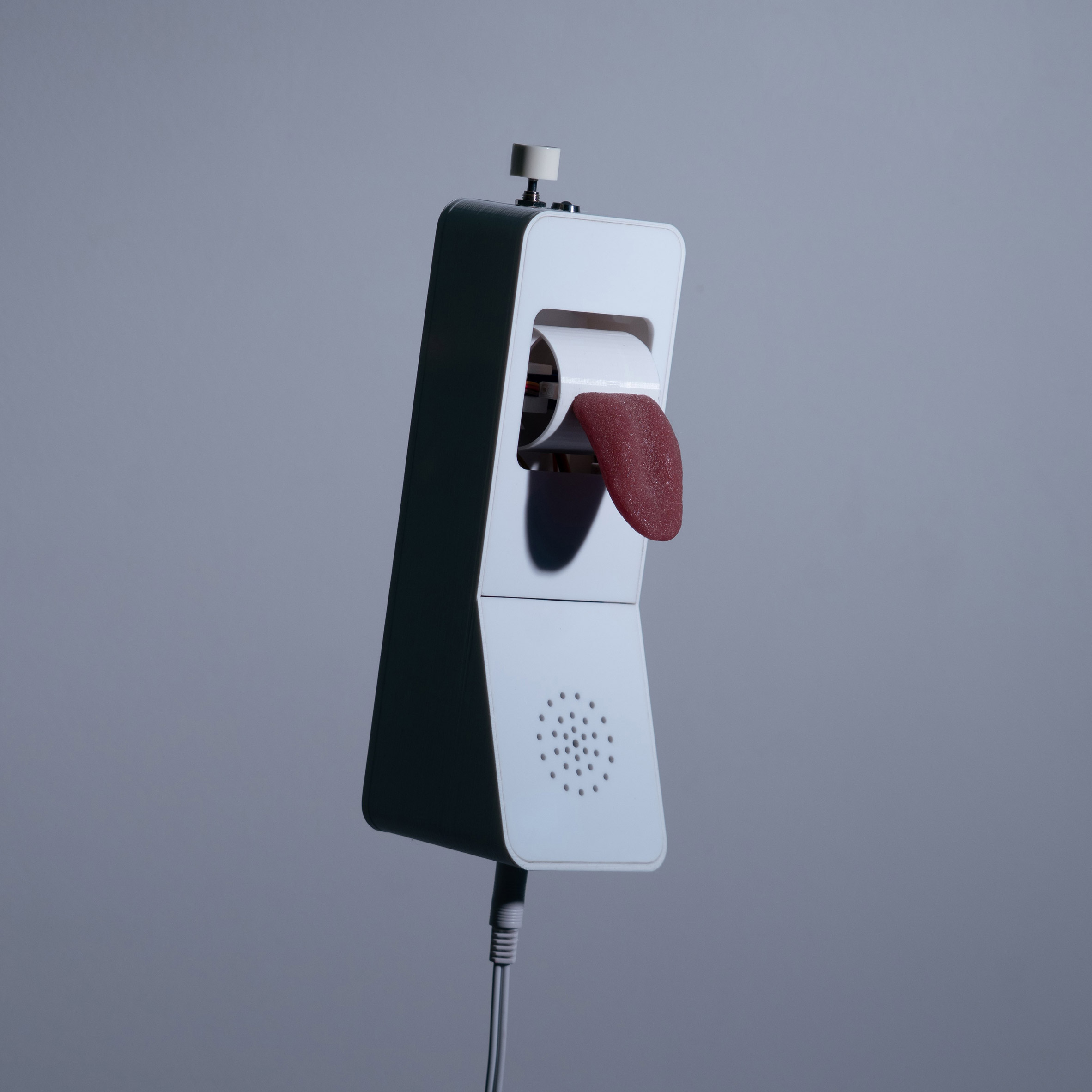


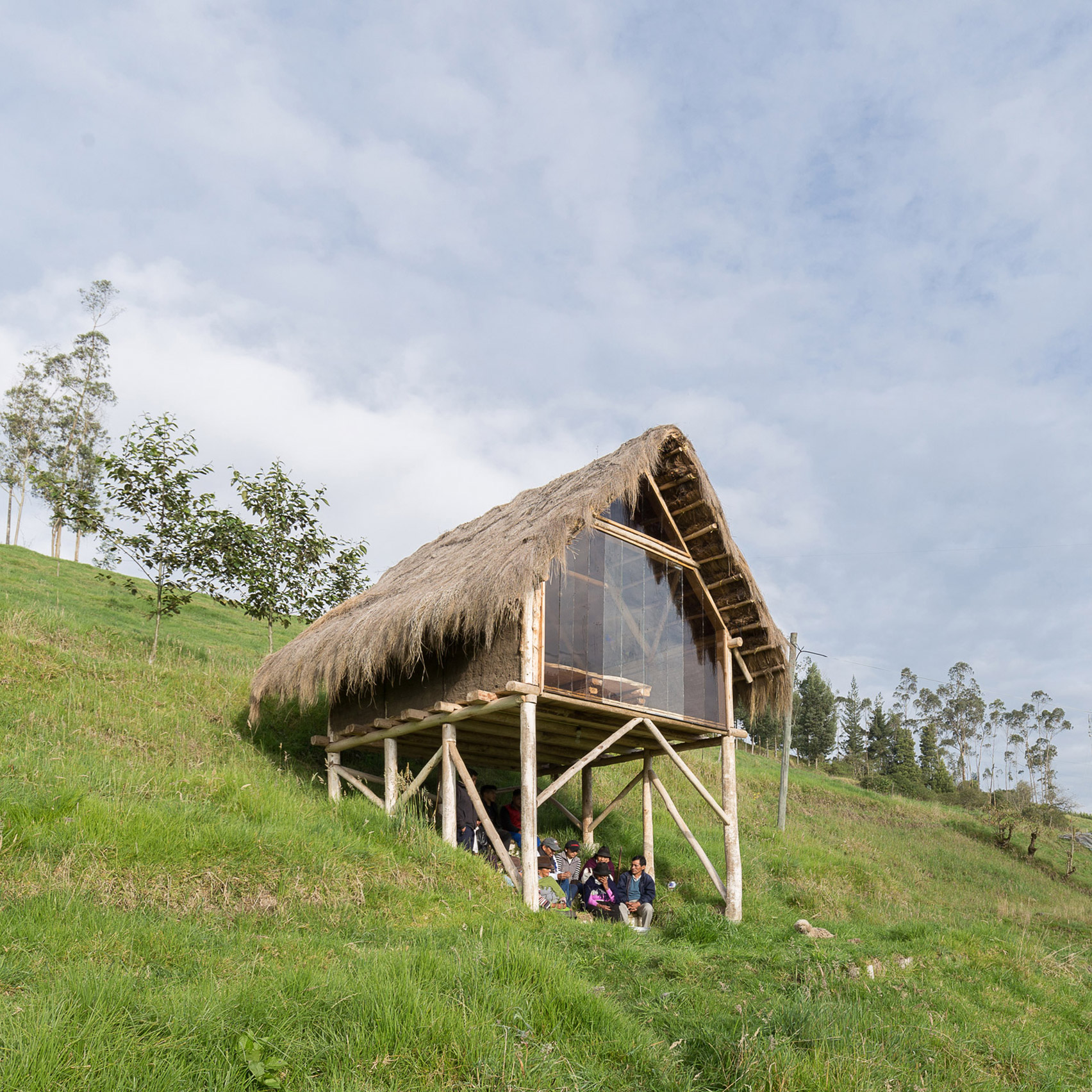
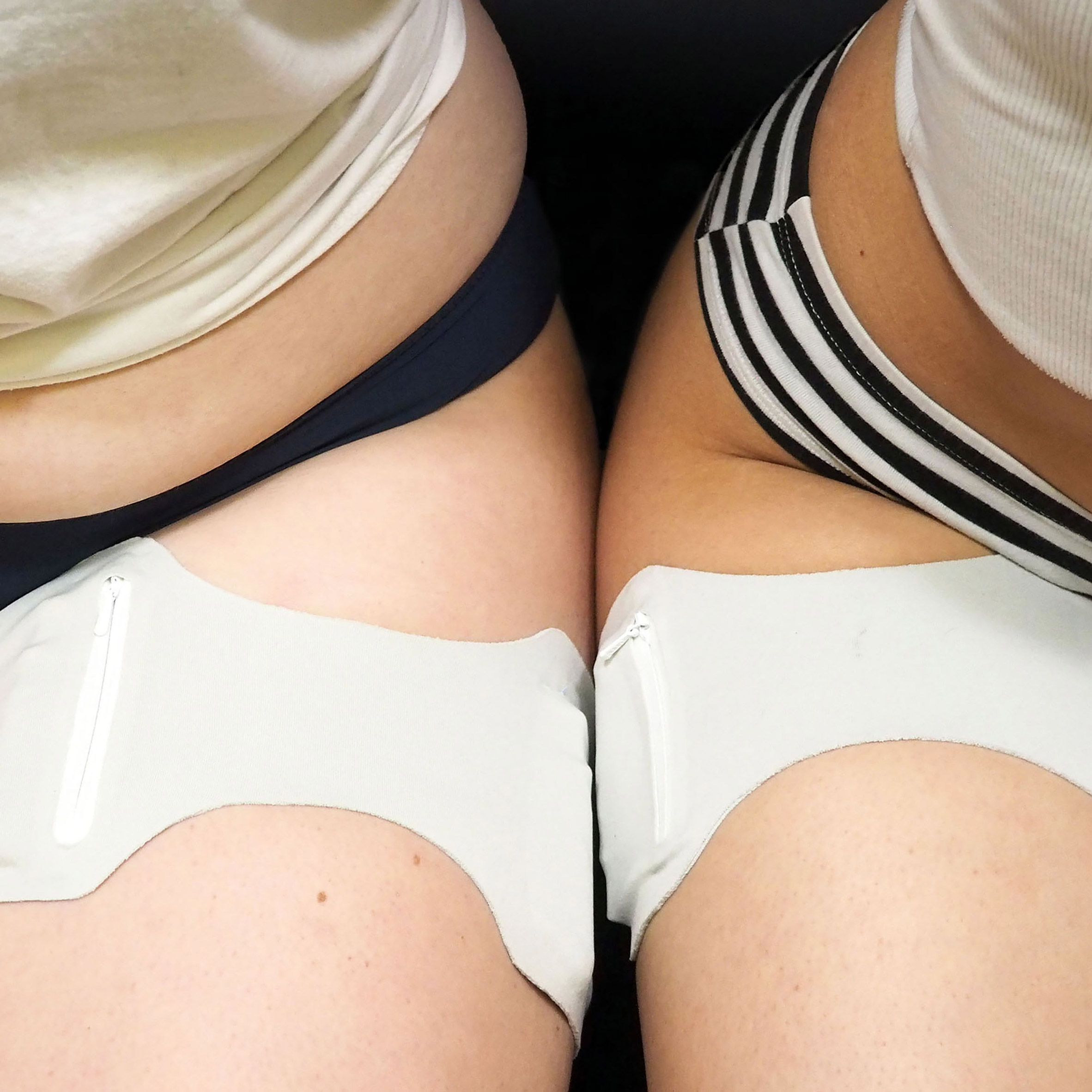

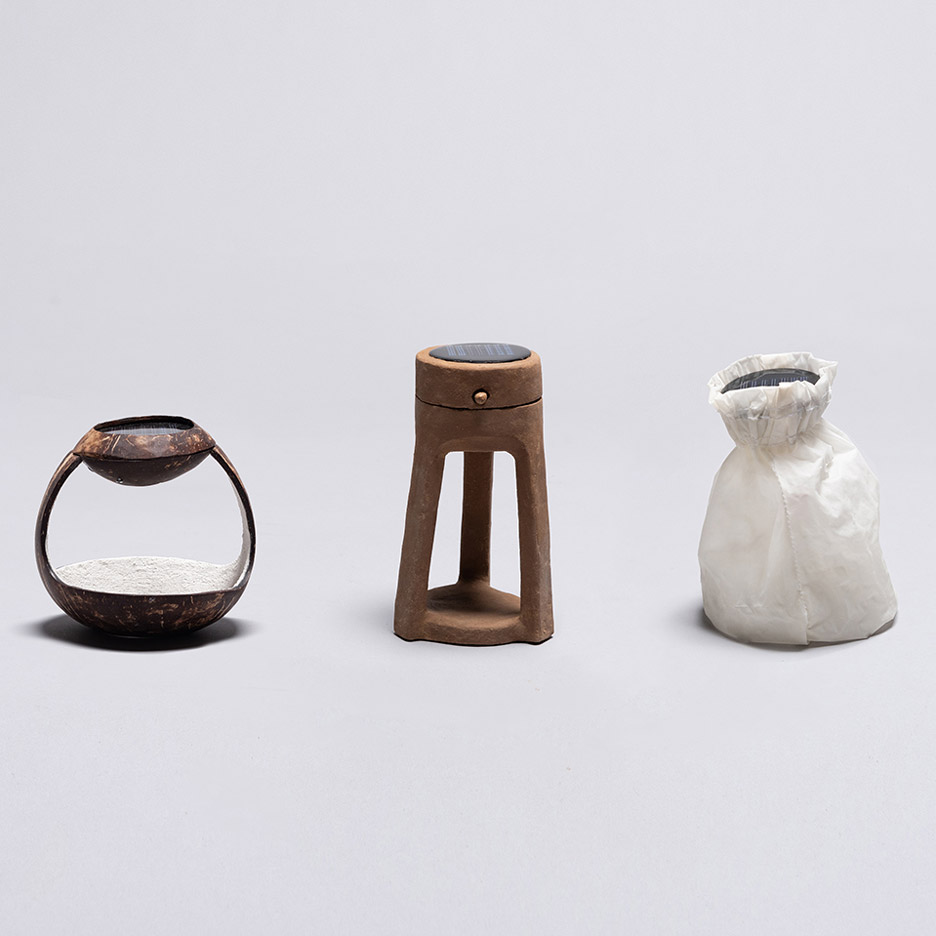
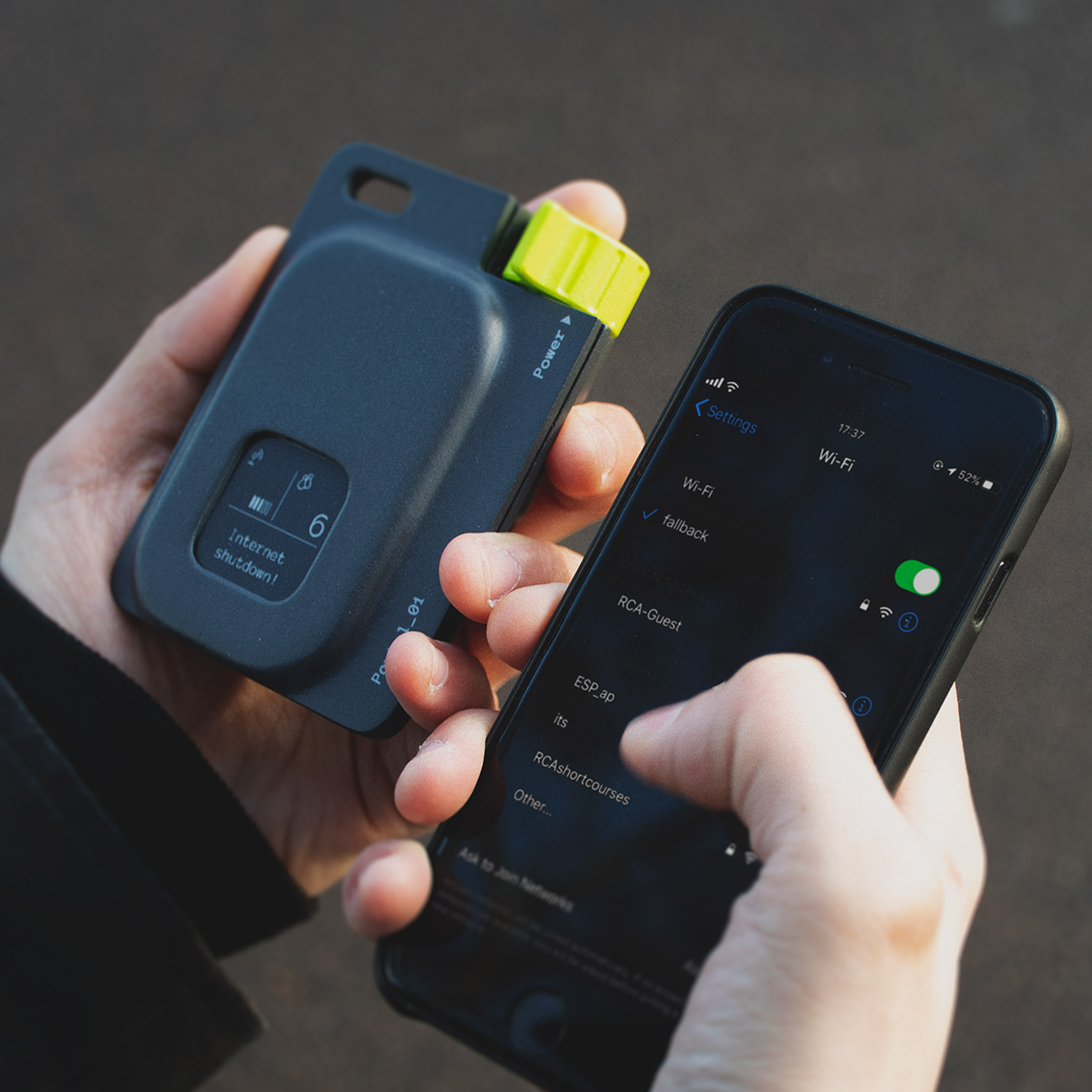
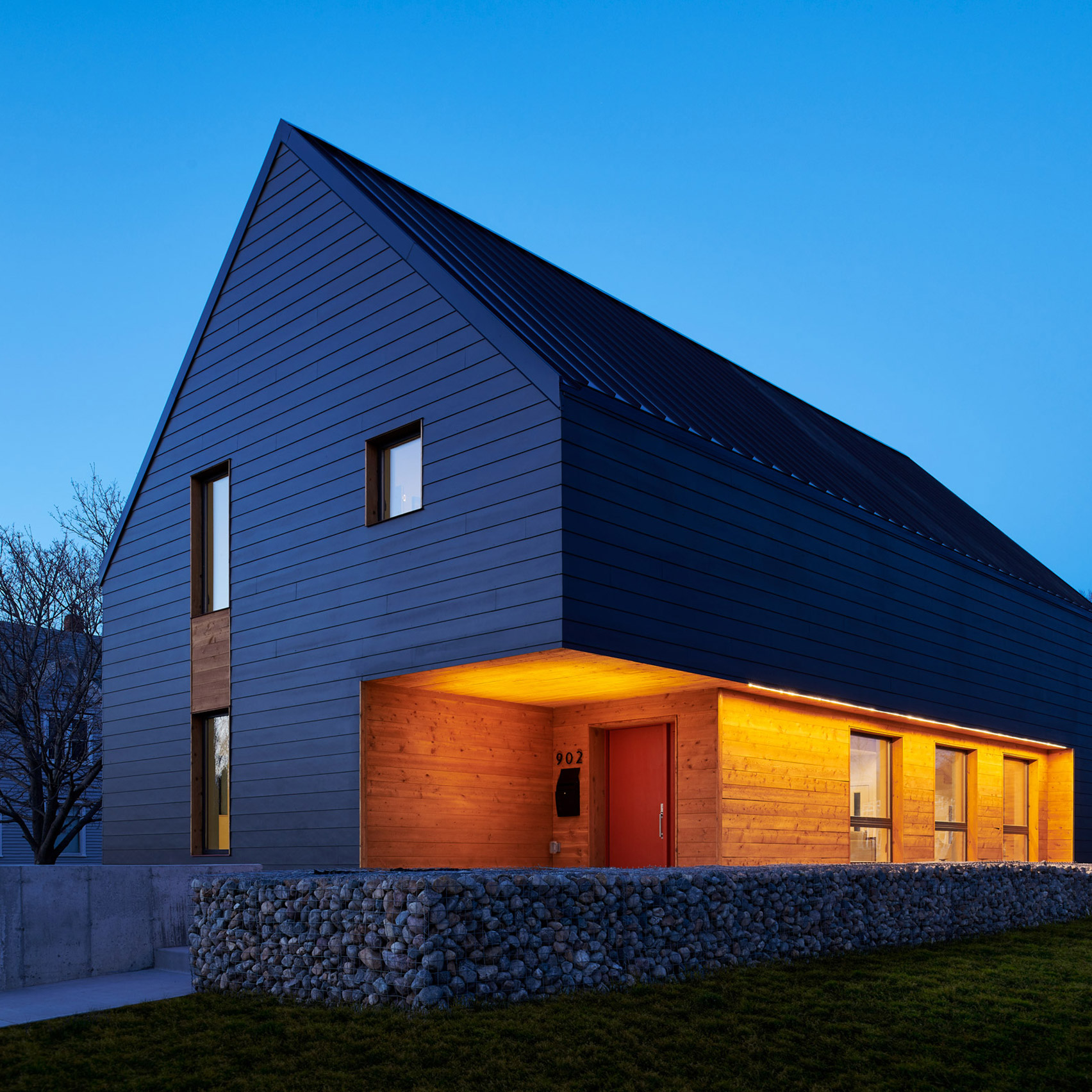
No comments:
Post a Comment